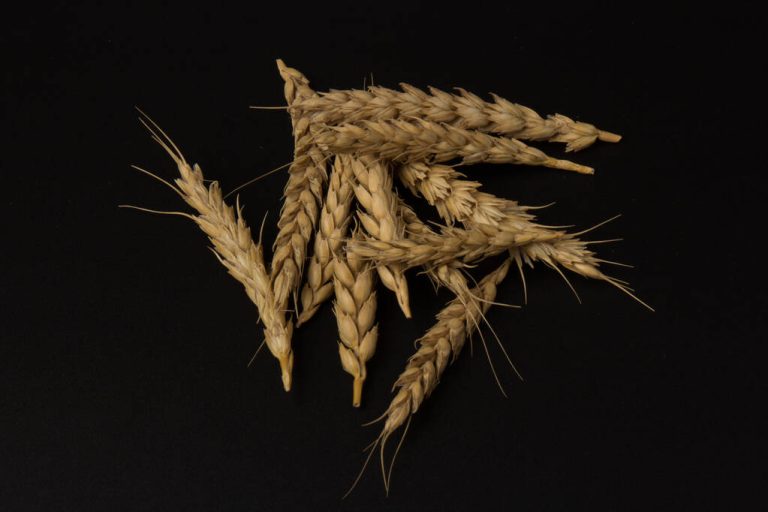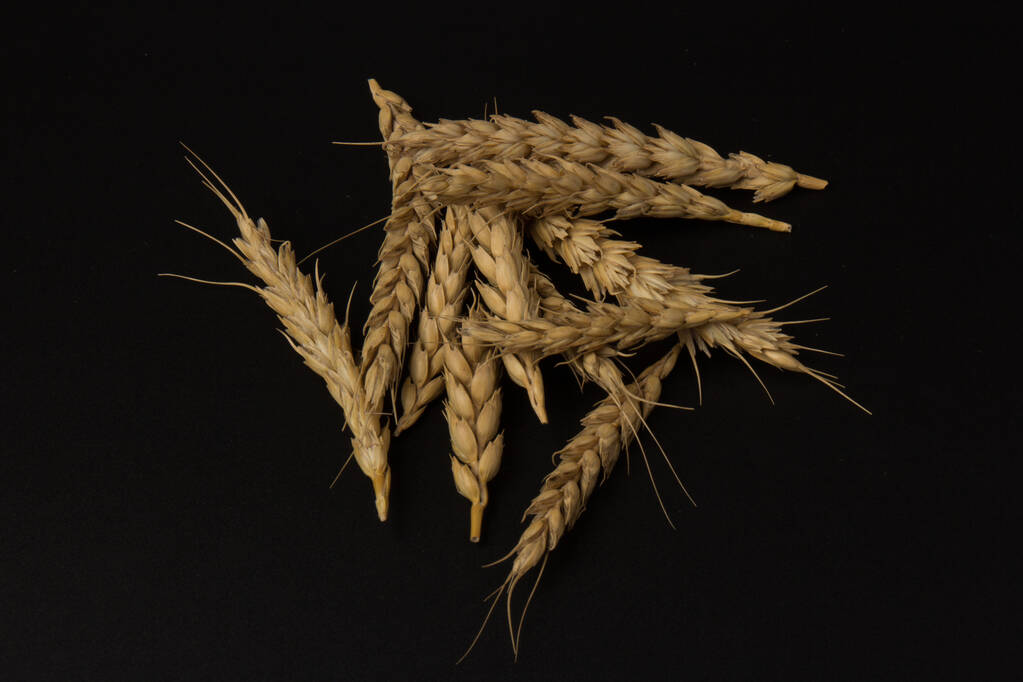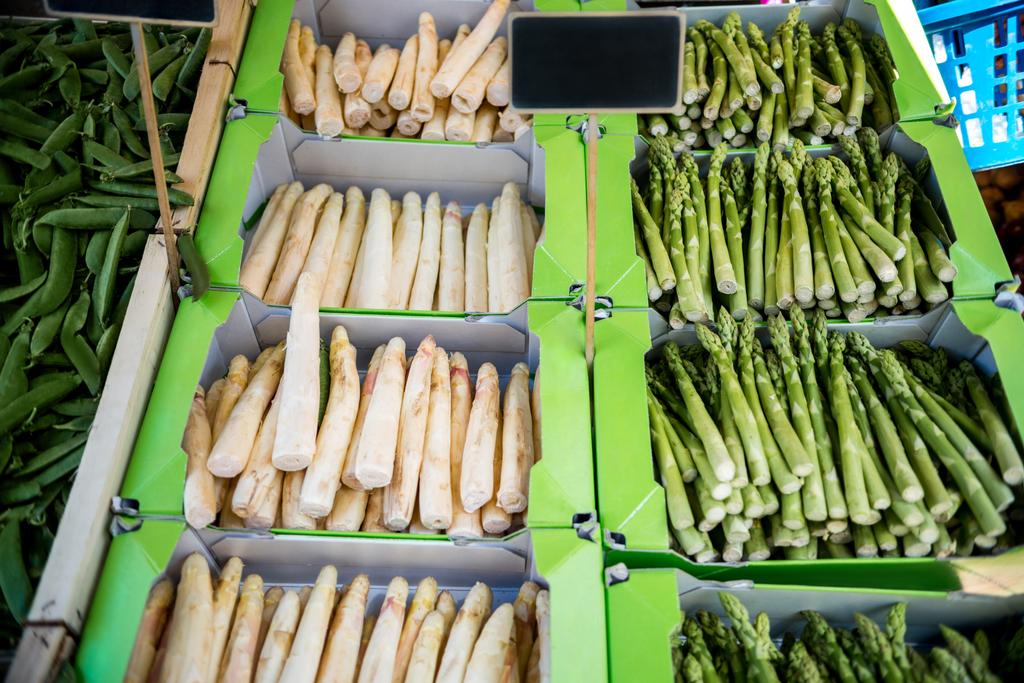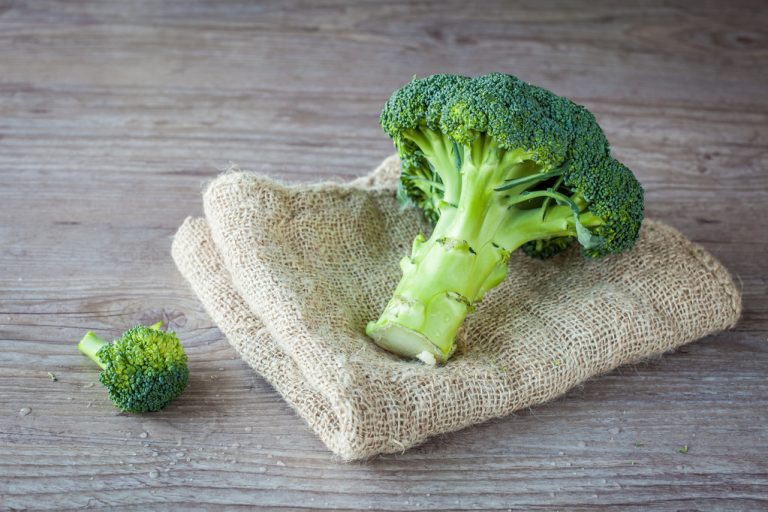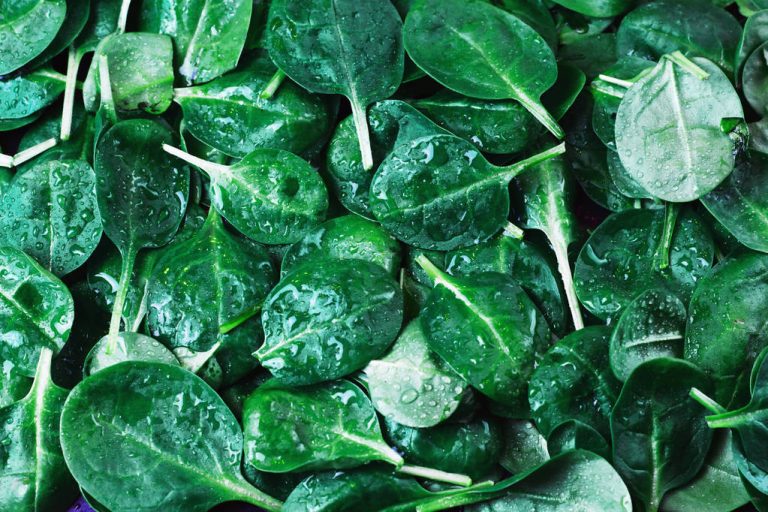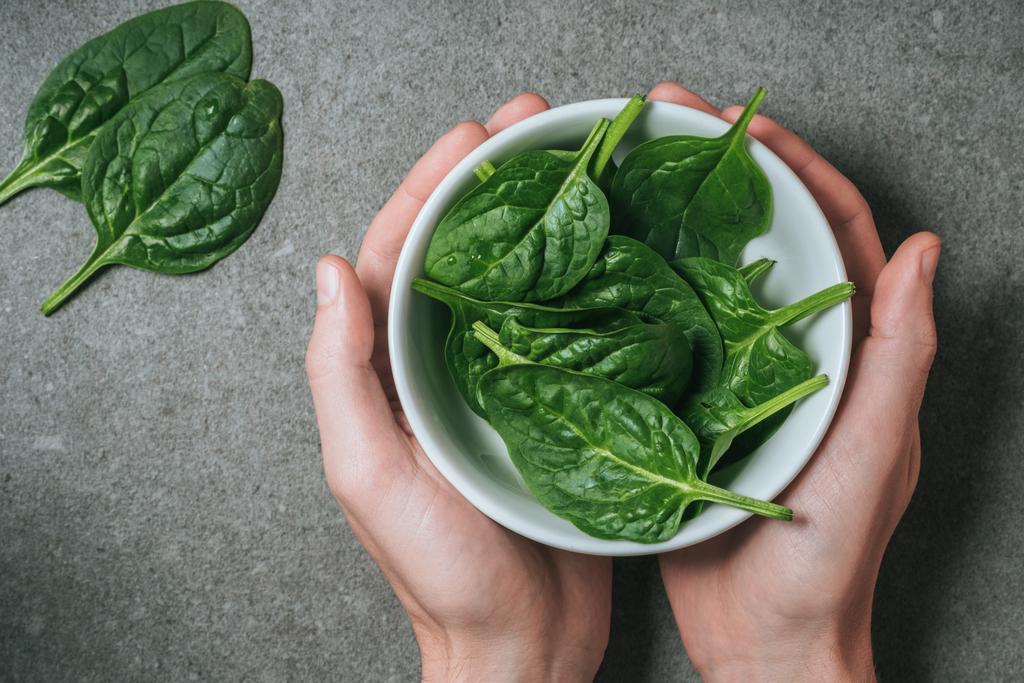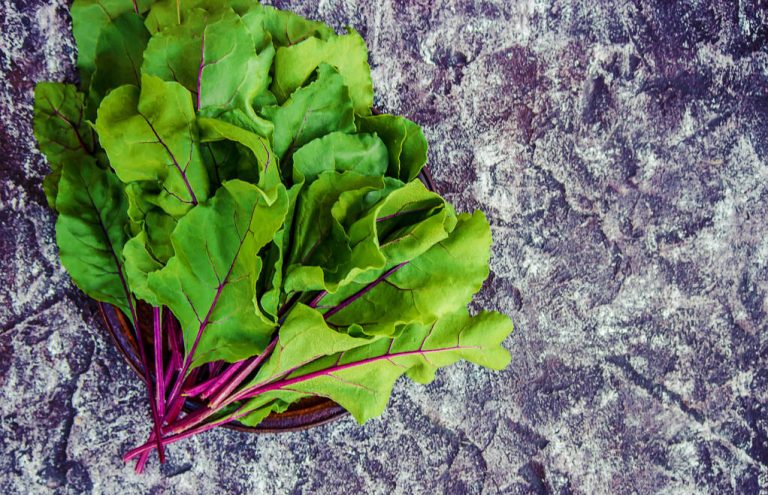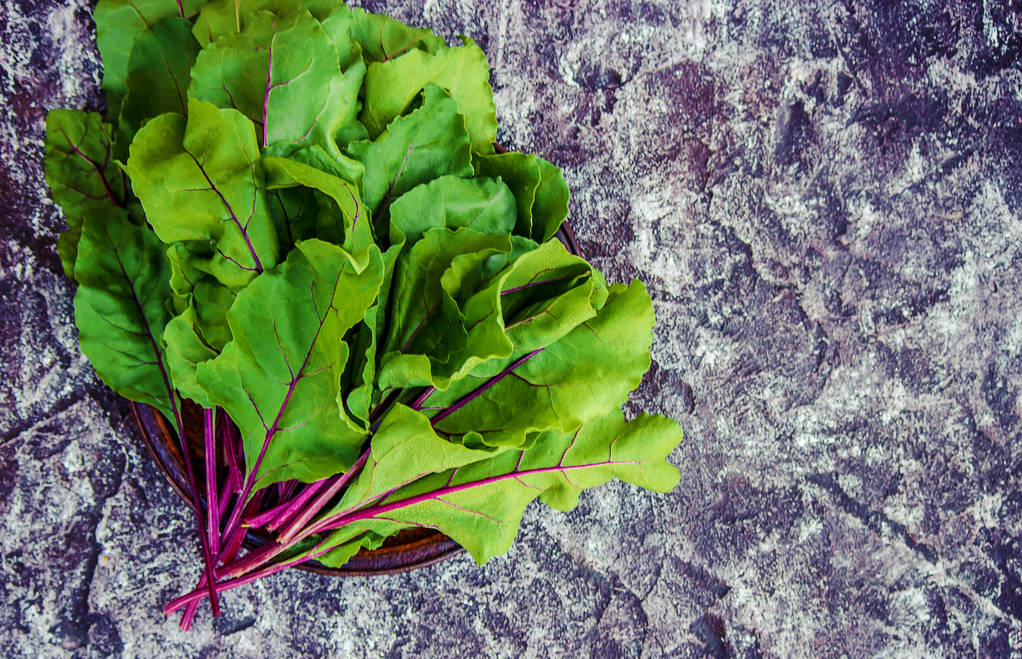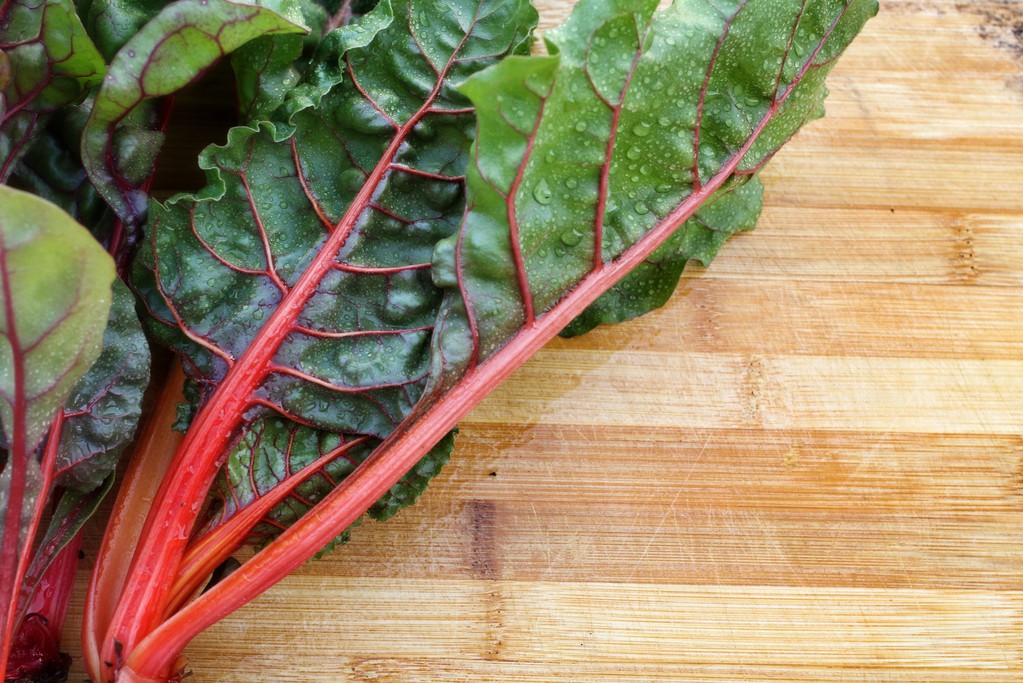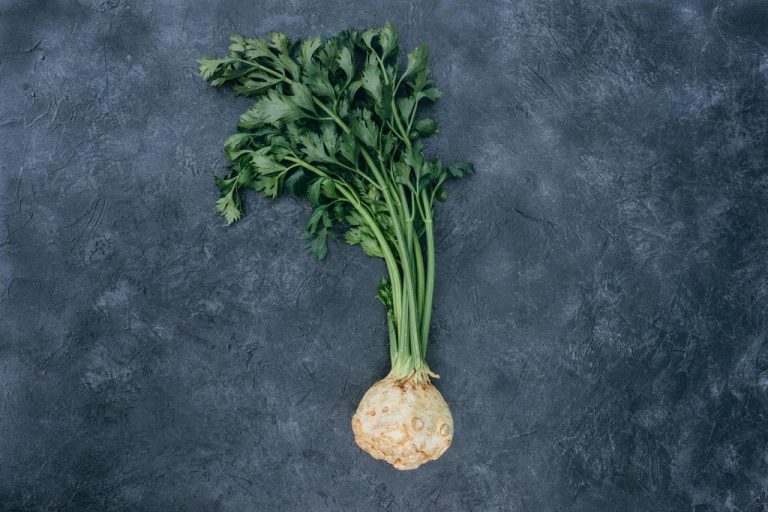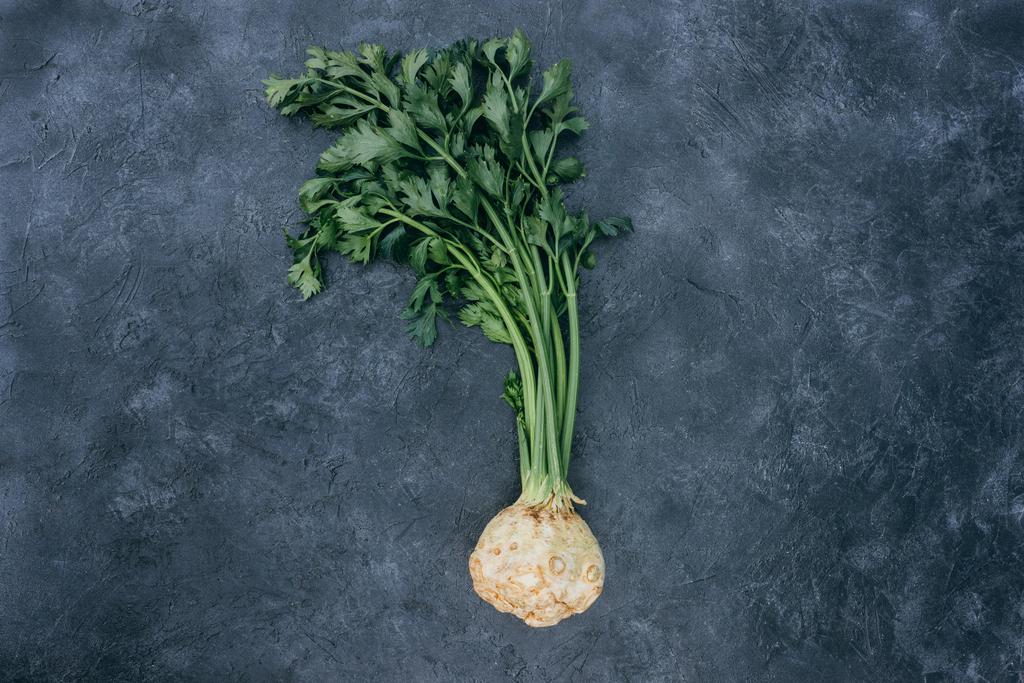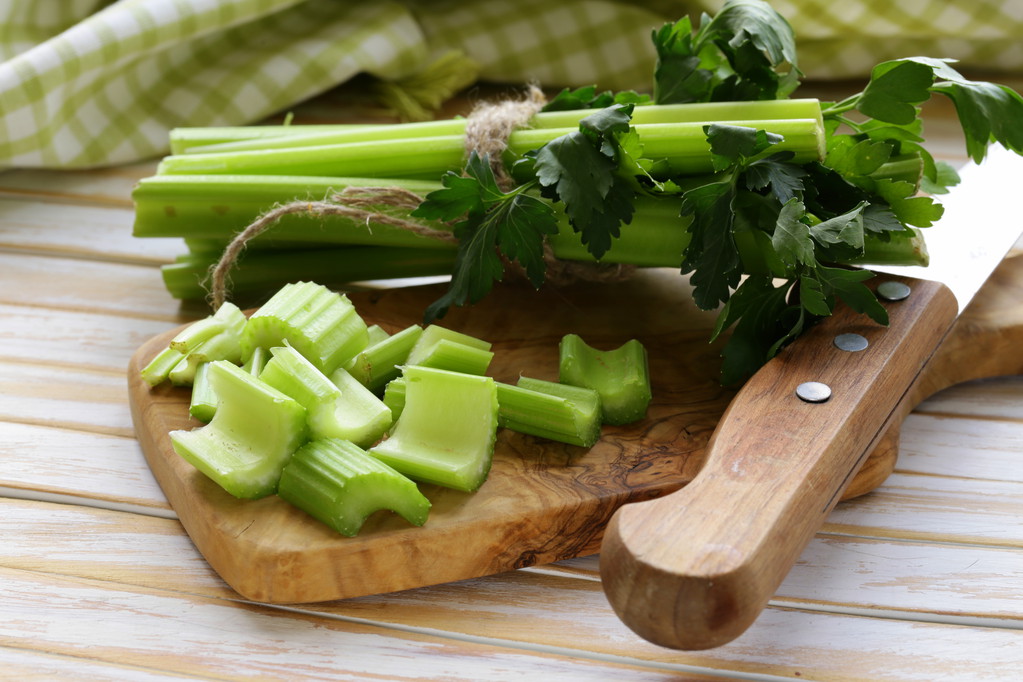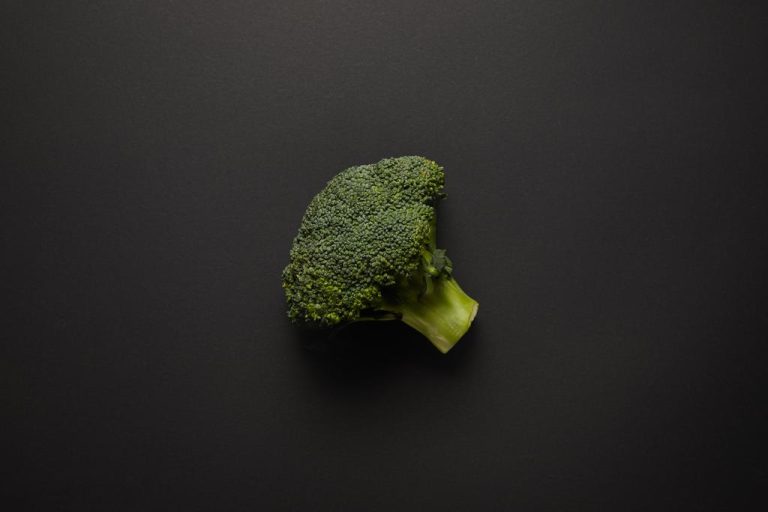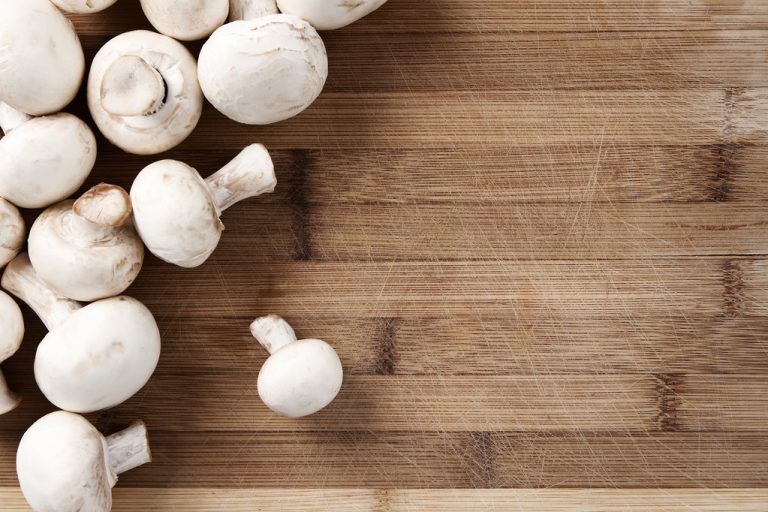Oatmeal is considered healthy. In some cases and combinations, however, they can also become unhealthy.

When oatmeal can be unhealthy
Oatmeal is considered a nutritious and filling food. In addition to iron, magnesium and biotin, they receive other healthy nutrients. They give you energy for the day and also for sports, for example. Externally, the use of oatmeal can also have health-promoting effects.
So that the positive effect does not turn into the opposite, you should pay attention to a few points. Oatmeal can become unhealthy in these three cases:
In combination with too much sugar: If you eat fresh, pure oatmeal for your morning breakfast, you can sweeten your portion as you like. It can become problematic if you use ready-made muesli mixtures, as they can contain a large amount of sugar.
Incorrect storage: It is also important that you store oatmeal correctly. In particular, if you are stocking up, you should make sure that it is stored in a cool, dark and dry place so that, for example, there is no breeding ground for pests. The humidity should also remain the same. It is ideal if you free the oatmeal from the original packaging and pack it airtight. If the oatmeal has expired, you should check whether it is still edible or not; you shouldn’t eat them if they’re rancid, for example.
Oatmeal Only: Be careful not to overeat on oatmeal. Since these have a satiating effect, it can lead to you not really feeling hungry and missing out on a balanced, healthy diet that is necessary for you and your body, for example for muscle maintenance and muscle building.
The consumption of oat flakes can also lead to symptoms and allergic reactions for people with an intolerance to oats or an oat allergy. If you suffer from a gluten intolerance, you should be careful with the consumption of oatmeal.

Tip: Also pay attention to the quality of the oatmeal. Oatmeal contaminated with nickel, mold and mineral oil is not good for your health.


